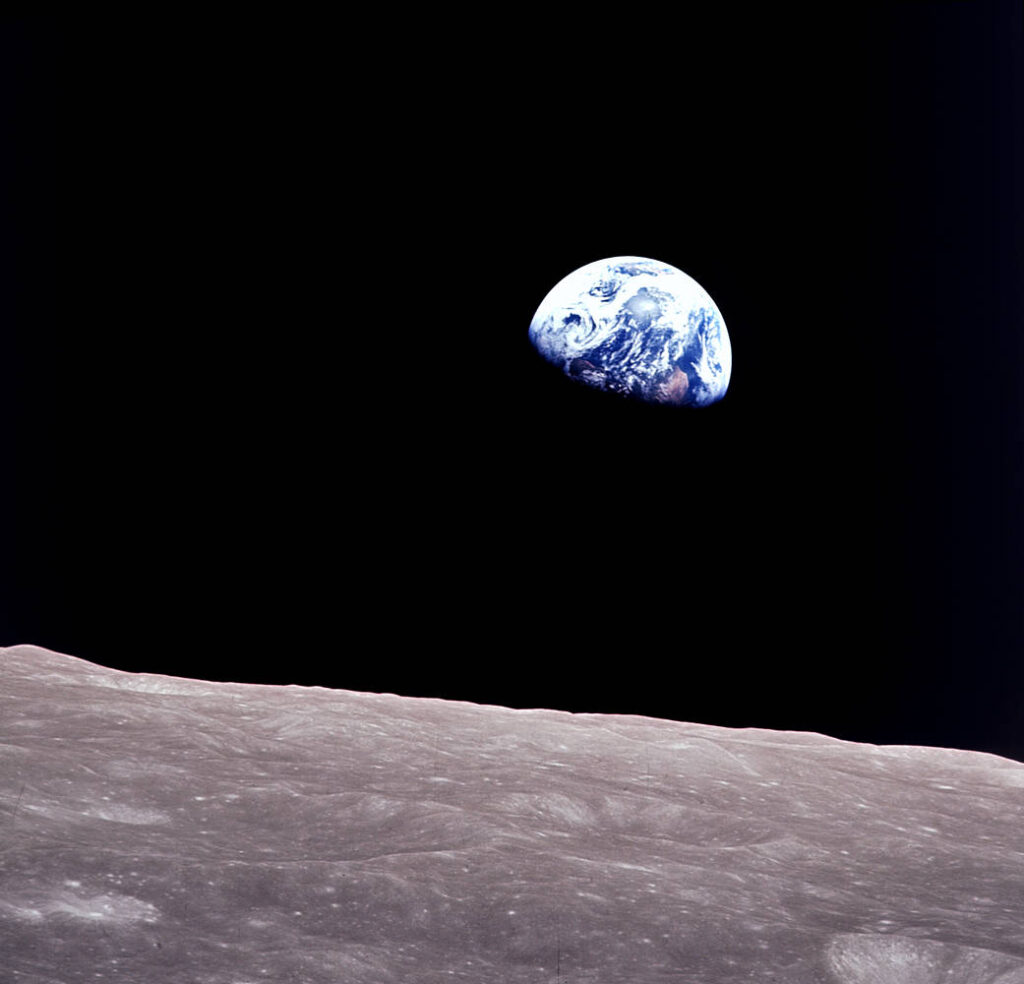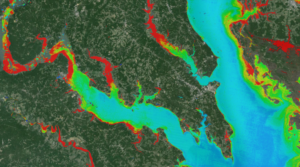Source: Goddard Media Studios
For fifty years Landsat satellites have been collecting images of our planet from space, chronicling five-decades of planetary change. This video shares the story of how it all started.
Inspired by images of Earth taken during the Moon missions of the 1960s, the director of the U.S. Geological Survey(USGS), William T. Pecora, intuitively grasped that images of Earth’s landmasses from space could help agencies like his better manage land resources.
But how to do it? Weather satellites were in their infancy and satellite-based imaging of Earth’s land surface had never been tried before.
Virginia T. Norwood, known as the person who could solve impossible problems, played a crucial role in the development of the first space-based multispectral scanner instrument that flew on Landsat 1 and made the mission a success. Working together with NASA, USGS, university researchers, and her team at Hughes, Norwood successfully yoked the pioneering technology that made regular digital imagery of Earth from space possible.
Find out more about the challenges and triumphs of Landsat 1’s development and see how Norwood and her little scanner that could proved that the future of space-based land imaging was multispectral.
The Landsat Program is a series of Earth-observing satellite missions jointly managed by NASA and USGS. Landsat satellites have been consistently gathering data about our planet since 1972. With the launch of Landsat 9 in September 2021, the program continues to improve and expand its unparalleled record of Earth’s changing landscapes for the benefit of all.






